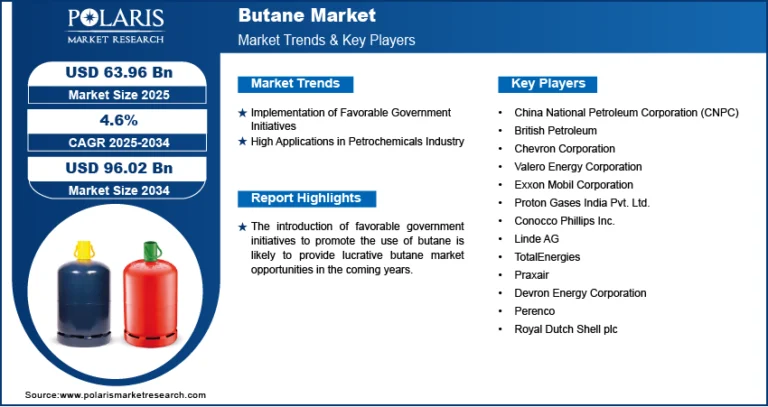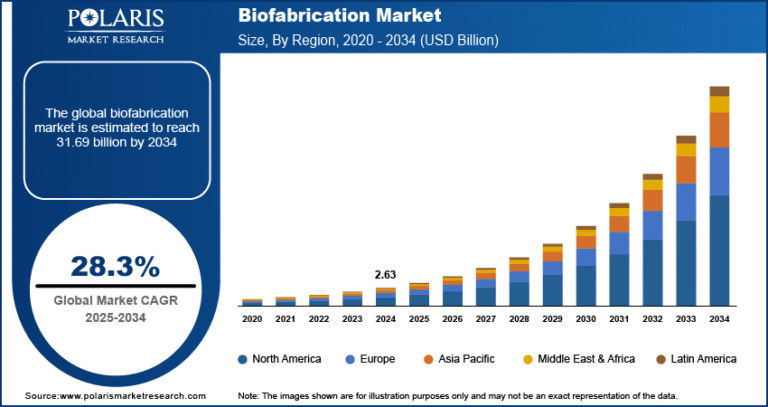Automotive Semiconductor Market Size, Share & Trends Analysis growing at a CAGR of 8.1% from 2023 to 2030
The global automotive semiconductor market size was estimated at USD 43.26 billion in 2022 and is anticipated to reach USD 77.76 billion by 2030, growing at a CAGR of 8.1% from 2023 to 2030. Increasing penetration of electronic components in luxury to mass-produced cars, increasing adoption of electronic control unit (ECU) in modern vehicles, and growing focus on safety systems in vehicles is expected to lead to steady growth of the market over the next few years.
Key Market Trends & Insights
- The Asia Pacific region accounted for a market share of more than 45% of the global market in 2022 is expected to grow at a CAGR of 9.6% from 2023 to 2030.
- Europe is projected to expand at the second highest CAGR of over 7.2% over the forecast period.
- By component, the discrete power segment accounted for the largest share of more than 28%.
- By vehicle type, the passenger vehicles segment accounted for the largest market share of more than 66% of the global market in 2022.
- By application, the body electronics segment accounted for the largest market share of more than 23% of the global market in 2022.
Market Size & Forecast
- 2022 Market Size: USD 43.26 Billion
- 2030 Projected Market Size: USD 77.76 Billion
- CAGR (2023-2030): 8.1%
- Asia Pacific: Largest market in 2022
Request a free sample copy or view report summary: https://www.grandviewresearch.com/industry-analysis/automotive-semiconductors-market/request/rs1
The other factors contributing to the growth of the market include the proliferation of connected cars, infotainment systems, automotive safety systems, and fuel efficiency standards. The growing demand for electric and hybrid vehicles presents a significant opportunity for the automotive semiconductor market. These vehicles require semiconductors for devices such as ADAS and ECUs to manage the battery, motor, and other components, which creates a demand for sophisticated and specialized semiconductors in the automotive semiconductor market. These developments in the market are likely to impact the supply chain, aftermarket, and manufacturers of semiconductor electronic components. As a result, conventional diagnostic systems may be replaced by onboard diagnostic systems to enable the continuous monitoring of the condition of a vehicle’s mechanical and electrical components.
As per a report published by the autonomous intergovernmental organization, International Energy Agency (IEA), EVs play an integral role in curbing carbon emissions. Moreover, the adoption of electric vehicles grew by 13% globally in 2022 compared to 2020. Three key trends – namely autonomy, electrification, and connected mobility – are expected to emerge as major revenue drivers for the global automotive semiconductor market. These trends play a pivotal role in driving the demand for electronic components in a car, subsequently driving the demand for semiconductors in the automotive space.
According to the World Health Organization, approximately there were 1.24 million casualities of individuals as a result of road traffic crashes each year. This has triggered an increased focus on the prevention of accidents through the implementation of active safety measures. As a result, active safety features are increasingly being integrated into vehicles to help avoid collisions and accidents. Amongst the vehicle safety provisions, crash avoidance technology, including automatic emergency braking systems, automatics driver assistance system (ADAS), for passenger vehicles, is set to remain a standard feature for majority of the new vehicles produced from 2022 to 2023. These technologies such as ADAS, emergency braking system among others uses sensors for monitoring changes in vehicle behaviour, and the semiconductor is a part of the senors. Thus, with the rise in the adoption of vehicle safety systems, the market for automotive semiconductors is expected to grow significantly over the forecast period.






